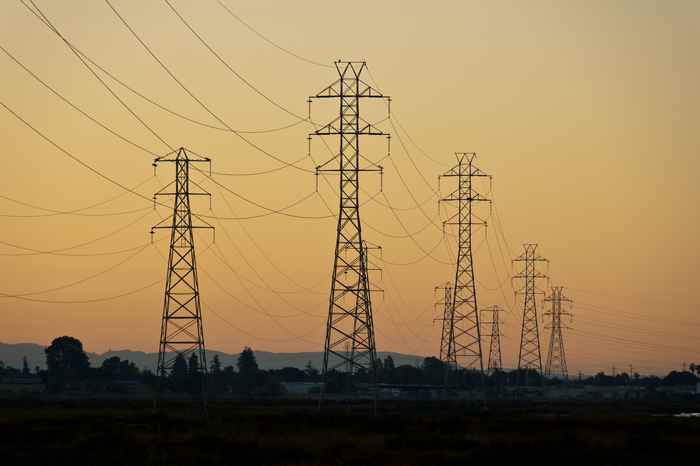ATES network in the University Quarter
-
Ambition: area-oriented approach ATES
As we are currently renovating many buildings in the University Quarter or have the ambition to do so, it is the right time to enhance energy efficiency. Sustainability is essential for the future of our real estate, as outlined in the goals of the Climate Agreement ('Paris Proof'), the municipality's ambitions (gas-free by 2040) and the UvA's commitment documented in the White Paper on Sustainability (PDF, 19 pages) and further detailed in the Energy Transition road map (in Dutch).
One measure to make the real estate in the University Quarter more sustainable is an area-oriented approach through the installation of an ATES network. In this approach, several ATES systems are connected to create a network for the energy supply of UvA buildings in the area. The advantage of a network is that not every building needs its own source, preventing over- or undercapacity. The network can balance a surplus or shortage in energy demand among the buildings or sources within the network.
-
Current project phase
The ATES network project is currently in the design phase. We depend on other parties for the continuation of this project, such as the municipality of Amsterdam for Works In the Public Space (WIOR) permits and the Environmental Services North Sea Canal Area for Water Act permits.
As part of the WIOR application, we are in discussions with the municipality, utility parties and advisers regarding the use of available space underground. This will ultimately lead to a final design.
-
Timeline and realisation
- The permit application is forecast to be completed by the first quarter of 2025.
- The tender phase will start in the second quarter of 2025.
- In the most favourable scenario, work on this project could commence in the second quarter of 2026.
- The installation is planned to be operational in the second quarter of 2027. The permit application
Market developments, project timetables for UvA buildings and obtaining the necessary permits are determining factors for the final feasibility and planning.
Last updated: 27-11-2024
Grid congestion is a market development that affects sustainability measures in the field of heat and cold storage. The ATES network, or the entire system in the University Quarter, is connected to the electricity grid, which is overloaded in many places in the Netherlands. But what does this entail?
Read more about grid capacity for large consumers on the website of Liander, the network operator that the UvA deals with:
